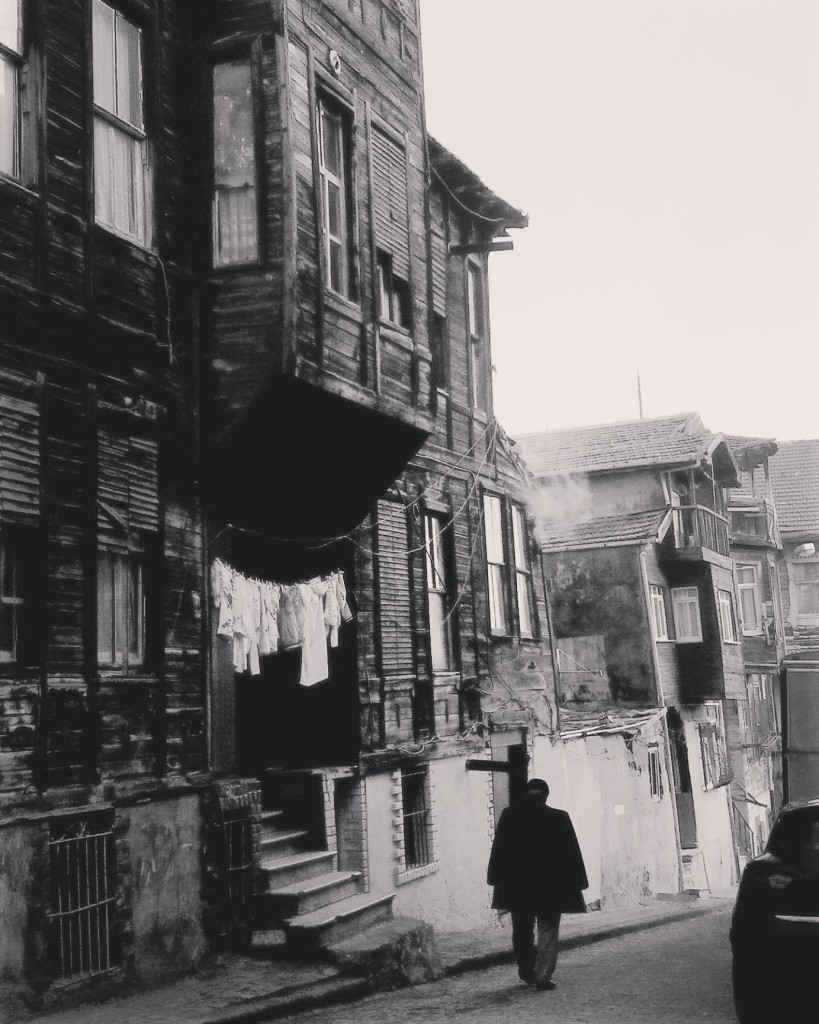
When I first lived in Istanbul for 6 months in 2013, some of my most memorable days were spent simply wandering the old city with a friend of mine. We would meet on the steps of the Eminönü Mosque, and after fueling up on çig köfte or lentil çorba, would just idly chat and walk and explore until sundown, getting lost in the dizzying sense of dislocation and mystical reverence for the ancient-ness all around us, existing concurrently with the crowds and cars and pollution and neon lit döviz kiosks and eczane shops.
Because Istanbul is a modern metropolis so overrun with things to do – bars to visit, bands to see, kahvaltıs to eat and çays to be drunk, it can often be easy to overlook and forget the astounding amount of history that surrounds us. Certainly we have all seen the major Sultanahmet touristic sites – the Hagia Sofia, Blue Mosque, Topkapı palace, and Galata tower across the bridge; most yabancıs have even ventured out to the Kariye Museum in Fatih, a lesser known monument with stunningly well preserved Byzantine mosaics and icons. While this site seeing is all well and good, I am perhaps more a fan of the historical site as part of the every day urban fabric – no tickets or lineups, just there existing freely in real life, as a part of the surroundings and makeup of the landscape. There exists a rapidly escalating and disturbing amount of gentrification throughout the city, but I take some solace in knowing that most of these places have been there for hundreds or thousands of years, and despite any unfortunate glossy new plasticized developments popping up around them, it’s fairly hard to ruin or uproot the beauty of a crumbling ancient structure. If you are really into urban exploration, I highly recommend the fantastic guide book “Strolling Through Istanbul” (available at many Istiklal bookshops), which while originally written over 30 years ago, still provides a wealth of great information for walking the old city. This list is just the tip of the iceberg when it comes to Istanbul’s hidden and forgotten historical places.
Mahmut Pasha Türbesi
The oldest and prettiest mausoleum in the city, the Mahmut Pasha Türbesi is covered in unusually gorgeous Iznik tiles, commemorating the death of the Serbian-born grand vizier Mahmut Pasha Angelovic, in 1474. It exists in a backstreet near the Grand Bazaar, as part of the adjoining mosque complex, and it is likely that many people walk by it without paying much notice or having any idea that the man buried here was killed by a rival after divorcing his second wife for allegedly having sleepover parties at the house of said rival, while he was away on Ottoman campaigns.
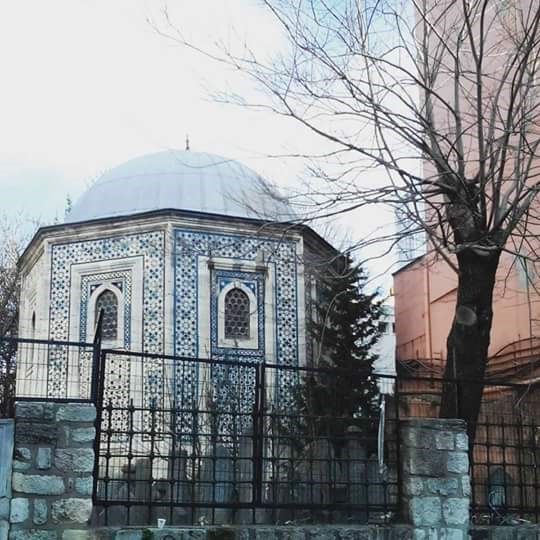
Büyük Valide Han
While most people know of ‘The Han’ as the hippest spot in town to take selfies with gorgeous old city rooftop views that will make all your Instagram followers green with envy, few people really seem to know the history of the place. Built during the 17th century by Kosem Sultan (wife of Ottoman Sultan Ahmed I) the Han was a Caravanserai like so many others along the silk road (the trading route linking the Empire with China); a place for merchants to share their wares, and leave their horses to rest in the courtyard – or in this case, relax for a night’s kip while their boats stayed moored along the Golden Horn. Apparently Ms. Sultan hid all her worldly treasures in the old Byzantine tower attached to the Han, though no doubt by this point it has all surely been plundered. You never know though; One of the world’s largest diamonds, the 86 carat “Spoonmakers diamond” (that now sits in Topkapı palace behind bulletproof glass), was supposedly found by a poor fisherman in Yenikapı a few hundred years back, after being lost by a no doubt careless Sultan.
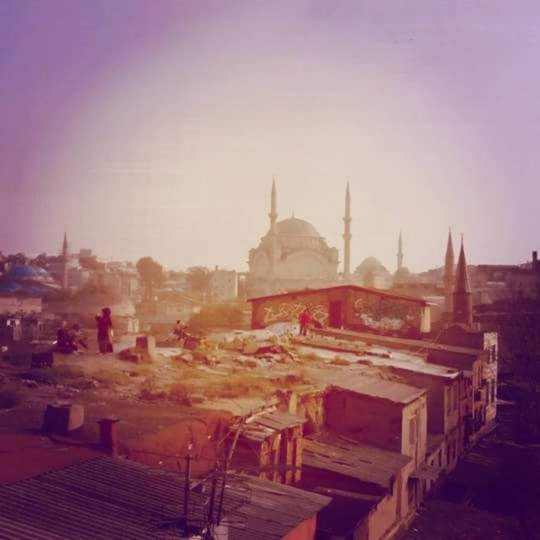
City Walls
As the song goes, Istanbul was once Constantinople – but to the non-history buff, what does that exactly mean? Well, to put it simply, way back during the Roman Empire, the city of Byzantium was founded on the site of modern day Istanbul (a few historical sites such as the hippodrome date from this era). Initially a rather unimportant frontier town, Emperor Constantine moved the capital of his newly established Christian Roman Empire here in 325 AD, changed the cities name in a slightly egomaniacal fashion, and began the building the city walls to fortify and defend his growing city. A few gates remain from this period, but the bulk of what stands now as the “old walls” was actually erected by Emperor Theodosis in the 5th century – and subsequently pillaged and rebuilt countless times throughout the Empires numerous battles and dramas- not to mention floods and destructive earthquakes. Despite everything, these walls stretching from Yedikule on the Sea of Marmara, to Ayvansaray on the Golden Horn, managed to mostly defend the glorious city of Constantinople from Arabs, Avars, Bulgars and countless other attackers – until after 6 weeks of siege, the city eventually fell/was conquered by the Ottoman Turks on May 29 1453, forever changing the course of history. Nowadays the walls and numerous towers are still standing, but are often a ramshackle zone of wild dogs, trash and the occasional glue sniffer and no-good-nick lurking about, so if you want to go exploring, best to wear sturdy shoes, carry a stick and find a stern looking male friend to accompany you.
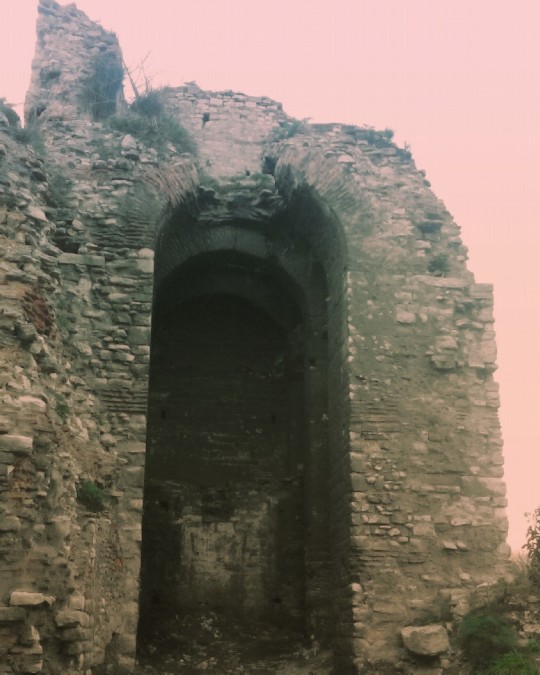
Kücük Aya Sofya
If you veer slightly off Sultanahmet’s well-trodden touristic path, and head for the Kumkapı backstreets toward the Sea of Marmara, you will come upon the Kücük Aya Sofya – so named for its similar “little sister” look to the famous Hagia Sofia. Formerly the church of Saints Sergius and Bacchus before being converted to a mosque, this 6th century Eastern Orthodox house of worship was built by Emperor Justinian, likely as a model for the later erected big sister structure up the road. Interestingly, Sergius and Bacchus were Christian soldiers who had a particularly close relationship, and though many scholars have argued otherwise, these paired saints are venerated particularly within the gay Christian community.
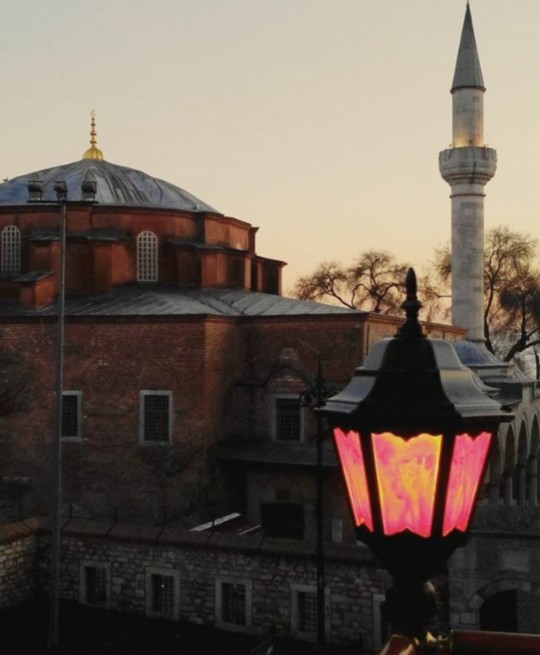
St. Mary of the Mongols Church
The only Byzantine church in the city to have never been converted to a mosque, St. Mary of the Mongols stands quietly behind a wall in the backstreets of Fener, available to visit only by special request (or if the caretaker happens to be around). Built in 1261 as a nunnery by Maria Palaiologina, (illegitimate daughter of the then-Emperor and widow of a Mongolian Khan – hence the name), after the Ottoman conquest in the 15th century, Sultan Mehmet II gave the church to the mother of Christodoulos, the Greek architect of the Fatih Mosque, as recognition of his fabulous work. Despite some people’s desire to convert it to a mosque over the years, it never was, and has since its inception has remained a parish of the ever dwindling Istanbul Greek community. Legend has it that beneath the ground, a secret tunnel joins the church with the Hagia Sophia, some 5 km away.
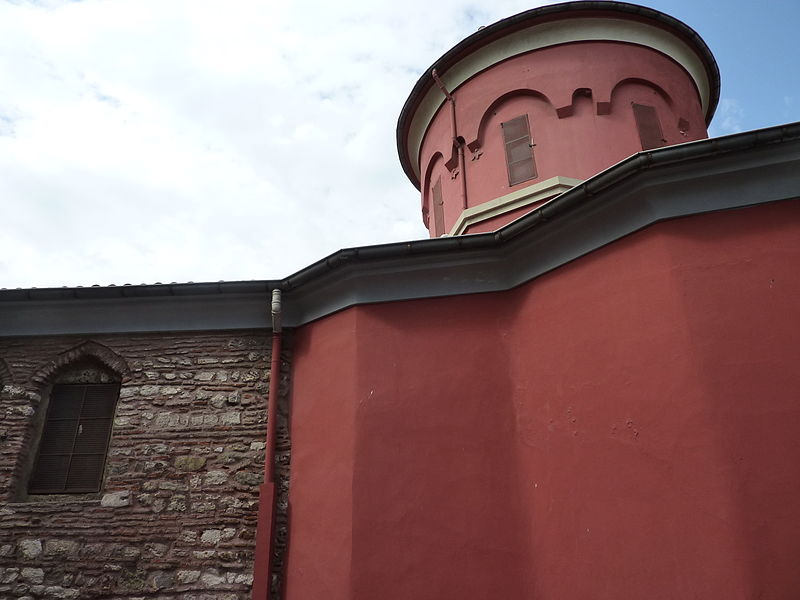
Phanar Greek Orthodox College
One of the most striking and stately buildings in all of Istanbul, the remarkable Phanar Greek Orthodox College, is just up the hill from the St. Mary’s church in Fener. The majority of the current building was constructed in 1882, but the institution itself dates back centuries, to when it was established in 1454 as the Patriarchal Academia; the school of choice for many princes from throughout the Ottoman Empire, from Wallachia to Moldova. Nowadays the gorgeous castle-like red building apparently sits mostly empty, due to the tiny minority of Greek speaking students still left in Istanbul. The large dome at the top of the school houses an antique telescope and was once used as an astronomy observatory.
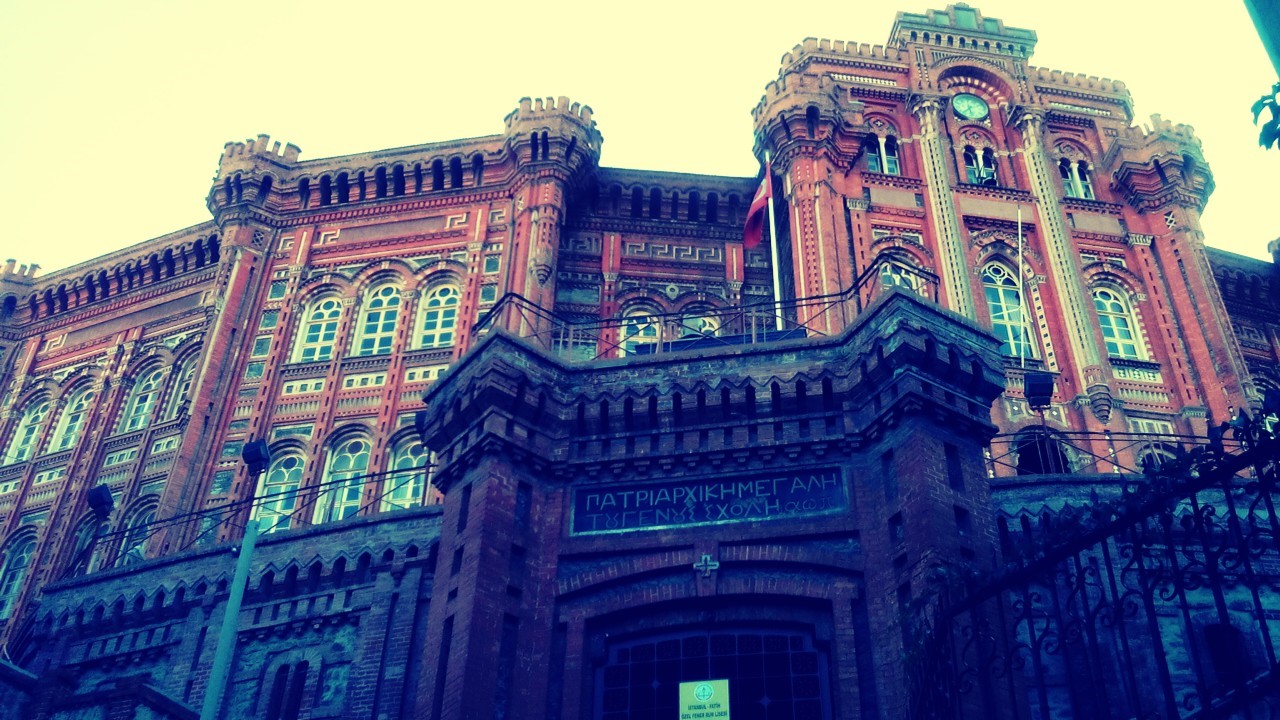
Zeyrek Mosque (and the entire neighbourhood of Zeyrek)
If you get off the Haliç Metro stop, and walk up the Western edge of the Golden horn until you reach the over pass, cross over and head up the hill towards Fatih proper, you will find yourself in the incredibly impoverished, yet incredibly picturesque neighbourhood of Zeyrek. An area full of street-kids playing ball, laundry hanging overhead, roosters crowing and streets full of decaying wooden Ottoman houses, Zeyrek also is home to numerous ancient structures, amongst them the imposing Pantokrator Monastery, or Zeyrek mosque. The second largest Byzantine structure in town, (after Hagia Sophia), Pantokrator means “Christ the Almighty”, and this monastery was built in honour of that particular depiction of Christ – as sort of the wise scholarly dude, holding the New Testament in his left hand, blessing you with his right, and staring down at you slightly bemused and concerned. (You can see such mosaic representations of Christ in the Hagia Sophia). After the conquest of the Ottomans, this mega structure was converted into a mosque, and only recently has any action been taken to preserve its ever crumbling state of disrepair.
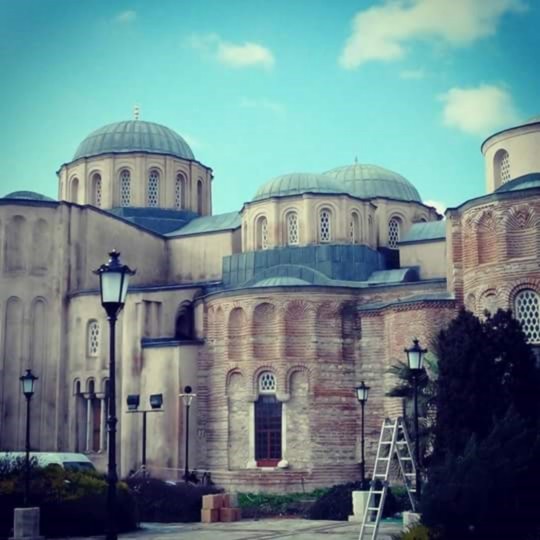
Roman Aquaduct of Valens
If Zeyrek’s wood-burning odours and general decay get a tad overwhelming, you can head up Atatürk Bulvarı (the road passing under the ancient Byzantine Aquaduct of Valens), and sit in one of the parks adjacent to it. Grab a simit and a çay, and admire the architectural and engineering wonder that this 4th century aqueduct once was – bringing fresh water in from the hills to storage vessels like the Basilica Cistern, for all the thirsty inhabitants of then Constantinople to drink. If you are feeling super adventurous, you can climb up one side where it begins and walk across it, for no doubt a stunning view of the city.
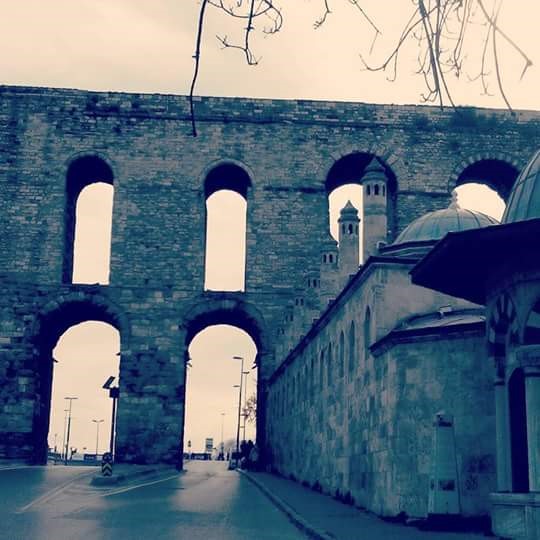
Rustem Pasha Mosque
The famous Blue mosque in Sultanahmet might get all the press, but I have always found the Rustem Pasha mosque further up the Golden Horn to be even more breathtaking -and considerably less crowded. Built in the 16th century above a vaulted complex traditionally filled with shops (and nowadays an excellent kebab eatery, should you get hungry), the interior of the mosque is what really steals the show – decorated in large quantities of exquisite Iznik tiles.
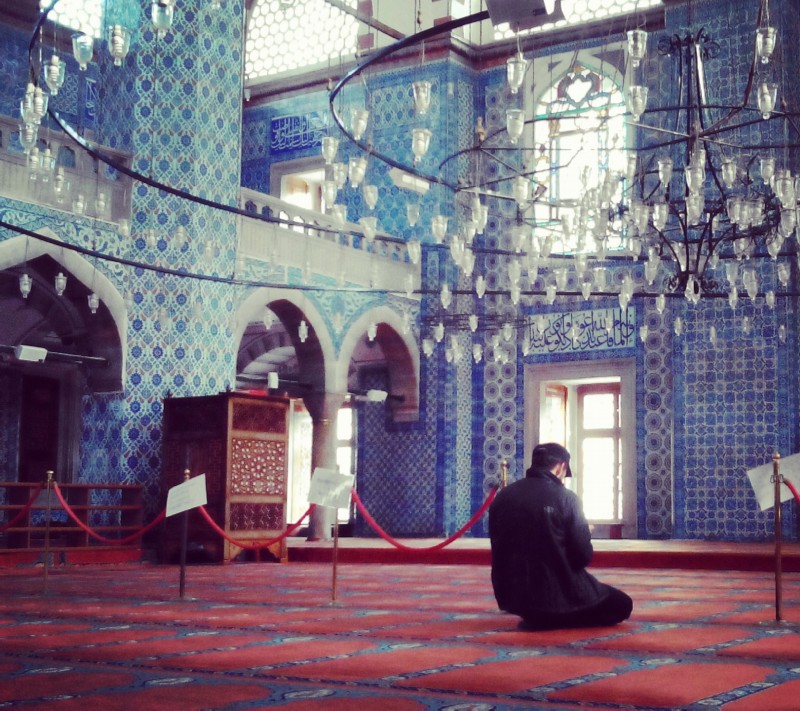
Ahrida Synagogue
Built in the 15th century, the Ahrida Synagogue is one of two ancient synagogues in the Balat area. Named after the Macedonian city of Ohri, which was a part of the Ottoman empire where many Jews came from, it was founded prior to the conquest of Istanbul in 1453, and has remained in use ever since. If you are strolling through Balat, and don’t have an appointment, the closest you will get to the menorahs and famous boat-shaped tevah (reading platform) inside, is the mysterious locked street level red gate with Hebrew writing on it.
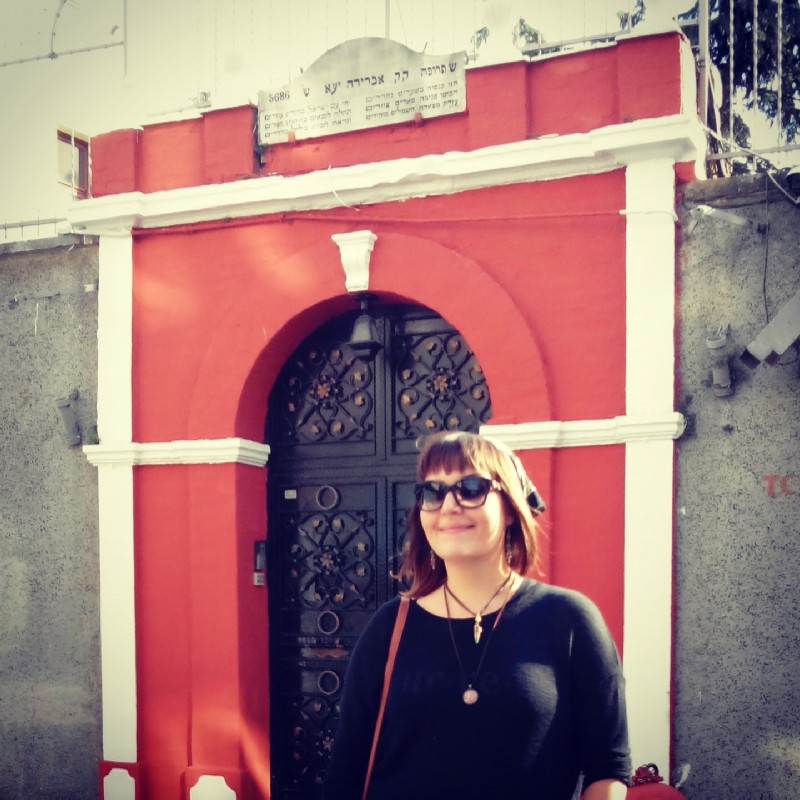
Did we miss something? If you’d like to suggest another addition to Julia’s Top Ten, let us know in the comments section
All photos curtesy of Julia Totino, except for St Mary of the Monguls










dope
[…] will find here Top 10 Forgotten Historical sites of Istanbul By Julia […]
Istanbul very nice 🙂